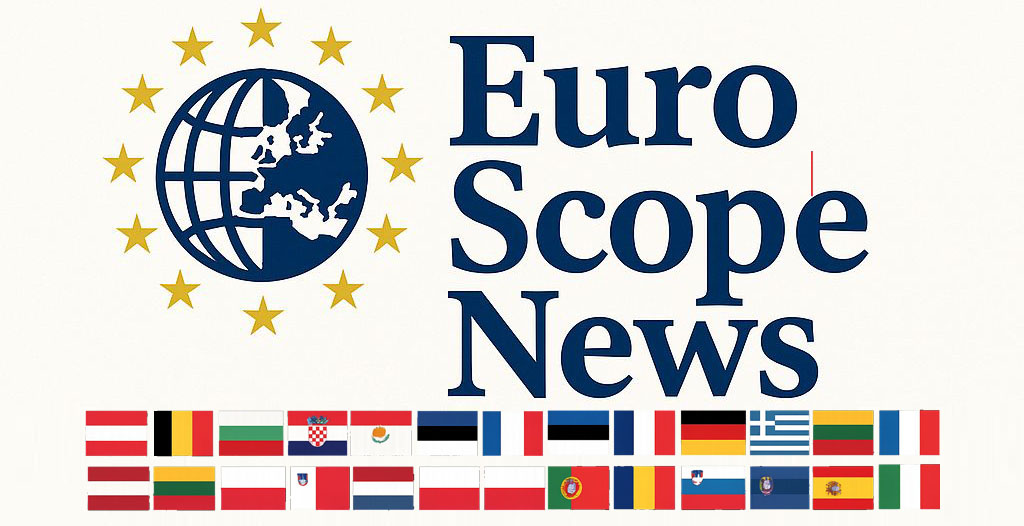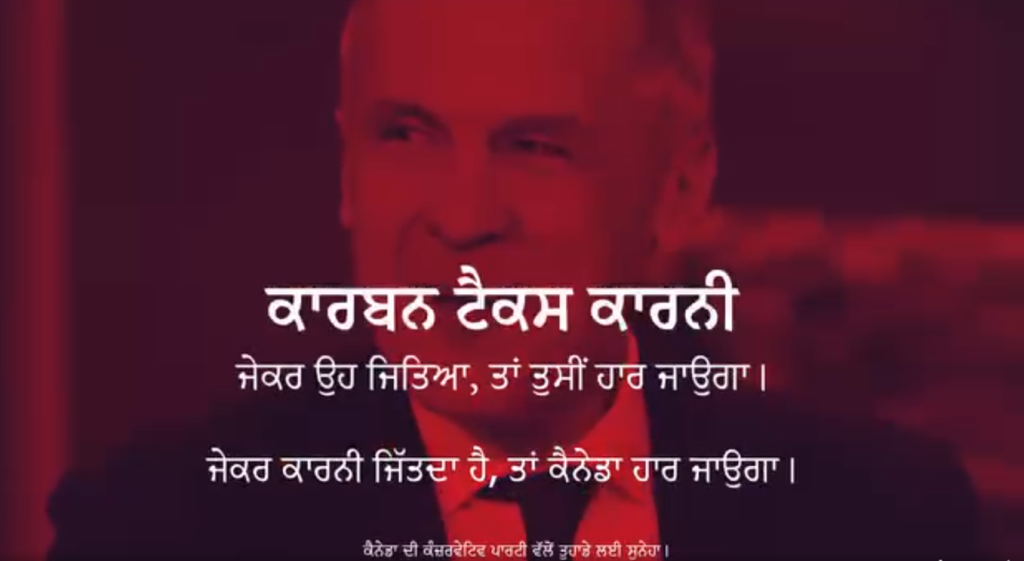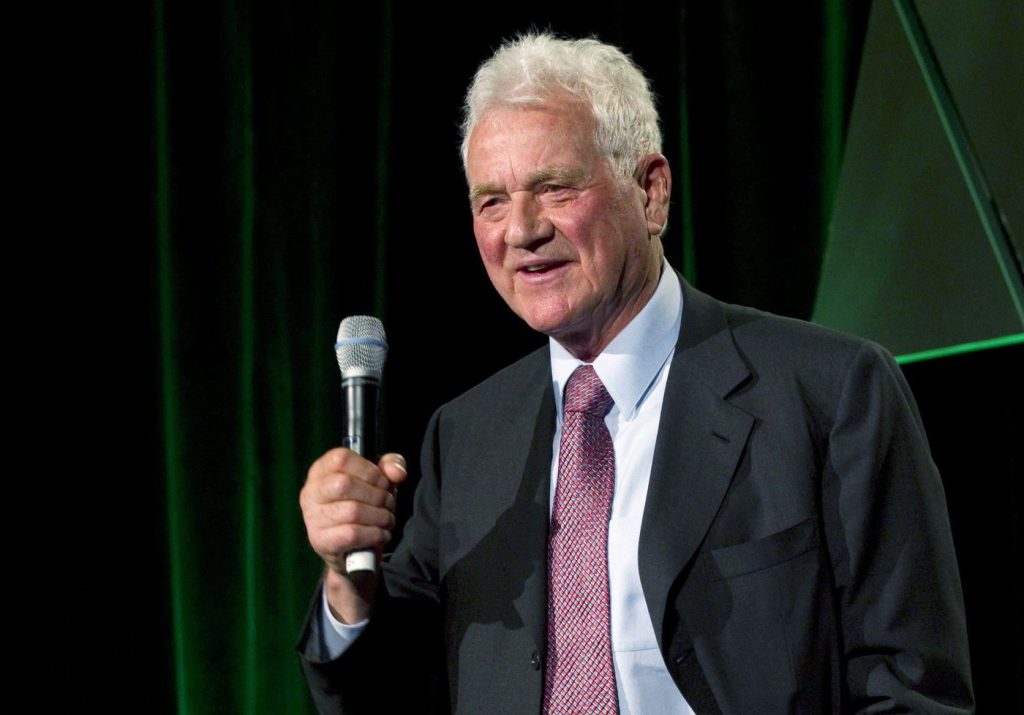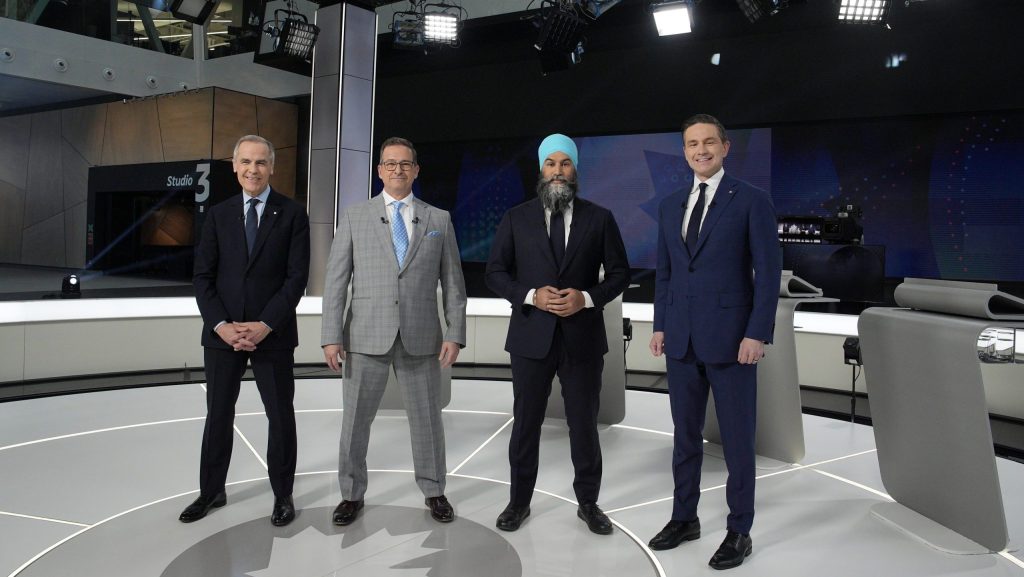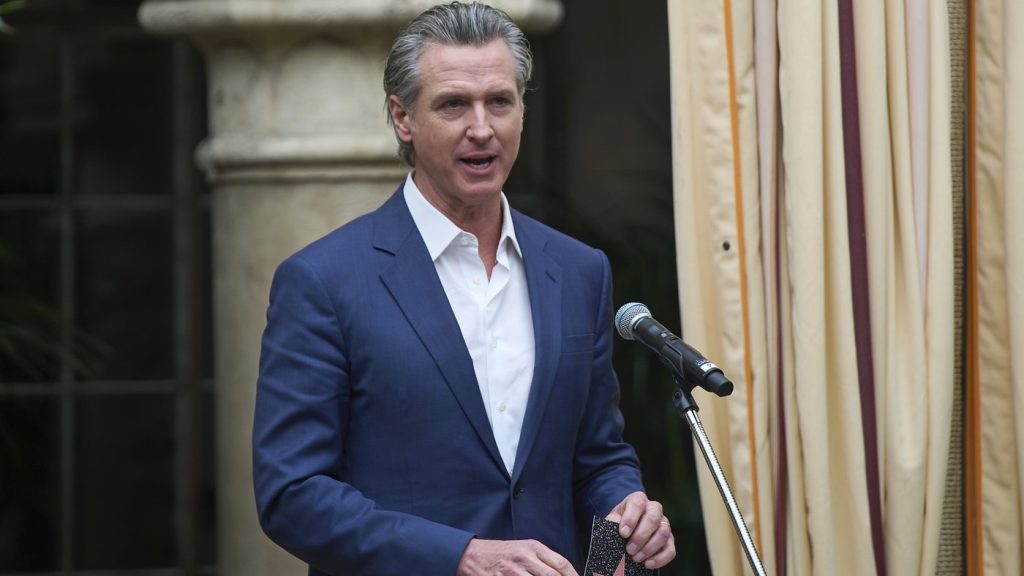In a dynamic federal election prompted by a sudden announcement and limited by the shortest allowable campaign period, Canadian political parties are deploying unprecedented resources toward advertising, seeking to engage diverse voter demographics. With election day set for April 28, parties are mobilizing multilingual and multi-platform strategies to connect with communities in their preferred languages, particularly in crucial regions such as British Columbia and Ontario’s 905 belt.
Harneet Singh, Managing Principal at EOK Consults, emphasizes the uniqueness of this election, noting the compressed timeline and aggressive spending on online campaigns. "Parties are pulling out all the stops to maximize outreach, with over $5.6 million already spent on social media ads alone," Singh highlights.
The Punjabi community, which numbers over one million in Canada, represents a significant voting bloc in vital ridings across British Columbia, Ontario’s 905 region, Calgary, and Edmonton. While historically, the Liberal Party has garnered strong support from South Asian immigrant communities, this election appears to be witnessing a shift in allegiance. The Conservative Party of Canada has made substantial investments in Punjabi-language advertising, focusing on community concerns such as extortion, crime, and auto theft.
Data from the Conservative Party’s Meta ad library illustrates their targeted approach, highlighting an ad launched last year which criticized Liberal policies on extortion—an urgent issue for the Punjabi diaspora. This particular ad achieved over one million impressions, with approximately $40,000 allocated to its promotion, underscoring the CPC's strategic focus. Singh notes, "The Conservatives have done a tremendous job engaging these vote-rich communities. Their tailored messaging resonates deeply in areas with a heavy Punjabi population."
In contrast, the Liberals have reduced their community-specific advertising and are relying more on organic social media outreach. A significant example includes Mark Carney’s video participating in seva at an Ottawa gurdwara during Vaisakhi, which was shared on his social media platforms. While this tactic aims to foster authentic connections, Singh observes that the Liberals are noticeably trailing behind the Conservatives in targeted ad spending this cycle.
Looking at British Columbia’s Lower Mainland, where over 60 percent of the population is non-European and half of the province’s federal seats are located, political parties are customizing advertisements for diverse communities, including South Asian, Chinese, and Filipino voters. Kareem Allam, a partner at Richardson Strategy Group, notes that the media consumed by these groups differs considerably from traditional English-language outlets. "Voters prefer political material in their strongest language to grasp policy nuances," he states.
Parties are seizing on Canada’s high internet penetration—over 90 percent of the population uses the internet daily, with 70 percent active on Facebook—to disseminate their messages across radio, TV, and social media in languages like Punjabi and Chinese. While universal concerns such as housing affordability, taxes, and healthcare resonate broadly, targeted policies aimed at foreign credentialing for professionals from South Asian, Chinese, and Persian communities are becoming more prominent in advertisements.
As the opposition party, the Conservatives are heavily relying on attack ads to spotlight the governing Liberals’ decade-long record. Singh explains, "Attack ads remind voters of the governing party’s shortcomings." However, the Conservatives balance these with positive messaging, presenting plans in Punjabi-language ads to attract specific communities.
On the other hand, the New Democratic Party (NDP) is facing challenges in competing effectively. Historically, they have invested less in advertising campaigns, and the surprise election has further stretched their financial resources. Singh comments, "With limited social media presence, the NDP lags behind, leaving the Liberals and Conservatives to dominate the ad wars."
As election day approaches, approximately 10-20 percent of voters remain undecided and are often influenced by party leaders' debates. Allam advises voters to utilize resources beyond advertisements, as negativity may escalate in the final stretch. "Most parties offer in-language sections on their websites explaining key policies. Don’t rely solely on ads—visit the Liberal, Conservative, and NDP websites to understand their platforms," he advises.
The increasing influence of Canada’s Punjabi and other ethnic communities is ensuring that language-specific campaigns will continue to be a fundamental aspect of future elections. To form a government, winning crucial ridings in British Columbia, Ontario, Calgary, and Edmonton is essential for any party. As the election draws near, parties are redoubling their efforts on digital advertising, encouraging voters to engage with primary sources and discussions to make informed decisions in this high-stakes race.
